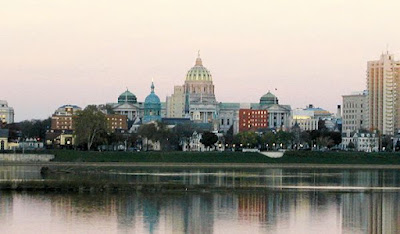Sew La Ti Embroidery:
USA
Top 5 Recovering Real Estate Markets in the U.S.

Your house trusts Advanced Direct Security
The Architecture of the National Traditions
Temporary Pavilion For the Hirshhorn Museum
Burnham Pavilions in Millennium Park
Huge Pipes, As an Architectural Element
The Bar Interiors
Aqua Tower by Studio Gang

Dream House in Idaho

Smart House in Seattle, state of Washington

The Harmonious Residence in the U.S., state of Texas

Mansion in Austin

North America: 18th century Spanish-built Alamo fort in San Antonio awarded World Heritage status

South Asia: Looted Indian statue recovered

North America: Archaeologists call on feds to protect Chaco Canyon area

North America: Archaeologists say climate change is destroying Arctic artefacts

Southern Europe: Sotheby’s auctions clay figurines 'from Amphipolis'

Travel: Key Artifacts from ISIS-endangered Palmyra, Syria on view at the Freer and Sackler Galleries

Southern Europe: US returns 25 looted artefacts to Italy

South East Asia: US museum returns Hanuman statue to Cambodia






